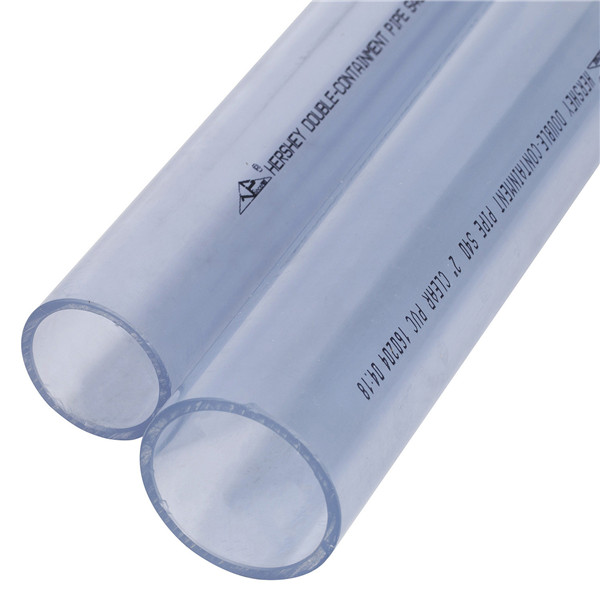okt . 30, 2024 15:26 Back to list
hdpe plate
The Versatility of HDPE Plates A Comprehensive Overview
High-Density Polyethylene (HDPE) is a thermoplastic polymer that has gained immense popularity across various industries due to its remarkable properties and versatility. One of the most common forms of HDPE is the HDPE plate, which is widely used in residential, commercial, and industrial applications. This article explores the characteristics, advantages, and applications of HDPE plates.
Characteristics of HDPE Plates
HDPE plates boast a range of beneficial properties that make them ideal for numerous applications. One of the standout features of HDPE is its high strength-to-density ratio, providing durability without the weight typical of other materials. Additionally, HDPE is resistant to impact, making it an excellent choice for environments that require robust materials capable of withstanding harsh conditions.
Another important characteristic of HDPE is its chemical resistance. Unlike other plastics, HDPE is resistant to a wide variety of chemicals, including acids and bases, which makes it suitable for applications in the food and beverage industry, as well as in chemical manufacturing. Furthermore, HDPE plates exhibit low moisture absorption and are resistant to mold and mildew, enhancing their lifespan and usability in various settings.
Advantages of HDPE Plates
The advantages of using HDPE plates extend beyond their physical properties. First and foremost, these plates are lightweight, which facilitates easy handling and installation. Despite their lightweight, the robust nature of HDPE makes it both long-lasting and cost-effective, as it minimizes replacement and maintenance costs over time.
hdpe plate

Additionally, HDPE plates are highly customizable. They can be manufactured in various thicknesses, colors, and sizes, allowing businesses to meet specific requirements for different applications. This versatility is a significant reason why HDPE plates are favored in industries ranging from construction and agriculture to food processing and medical applications.
Moreover, the eco-friendliness of HDPE cannot be overlooked. Being recyclable, HDPE helps reduce plastic waste and encourages sustainable practices. Many companies today focus on environmentally friendly products, and HDPE plates align with these goals, making them an excellent choice for businesses wishing to bolster their sustainability credentials.
Applications of HDPE Plates
The applications of HDPE plates are vast and varied. In construction, they are used for designing durable partitions, flooring, and even roofing materials. Agricultural industries utilize HDPE plates for constructing silos, feed troughs, and storage systems, thanks to their resistance to UV rays and weather conditions.
In the food industry, HDPE plates are popular for creating cutting boards and food-grade containers because of their hygienic properties and resistance to bacterial growth. Additionally, in the medical field, these plates are employed for making equipment and storage for medical supplies due to their easy-to-clean surfaces.
Conclusion
In conclusion, HDPE plates are versatile, durable, and eco-friendly, making them an ideal choice for a multitude of applications across various industries. Their combination of strength, chemical resistance, and lightweight nature ensures that they will continue to be an essential material in both commercial and residential projects. As industries evolve and the demand for sustainable materials increases, the role of HDPE plates is likely to expand even further, highlighting their importance in modern manufacturing and construction.
-
Durable PP Rigid Sheet: Lightweight, Chemical Resistant Solutions
NewsAug.21,2025
-
PVC Grey Sheet for Extraction: Chemical Resistant & Durable
NewsAug.19,2025
-
Durable PVC Pipe Fittings for Plumbing & Irrigation Needs
NewsAug.18,2025
-
HDPE Steel Belt Reinforced Spiral Corrugated Pipe | High Strength
NewsAug.17,2025
-
HDPE Pipe Fittings: Durable, Leak-Proof Solutions
NewsAug.16,2025
-
Premium CPVC Sheet: High-Temp & Chemical Resistant Solutions
NewsAug.15,2025

